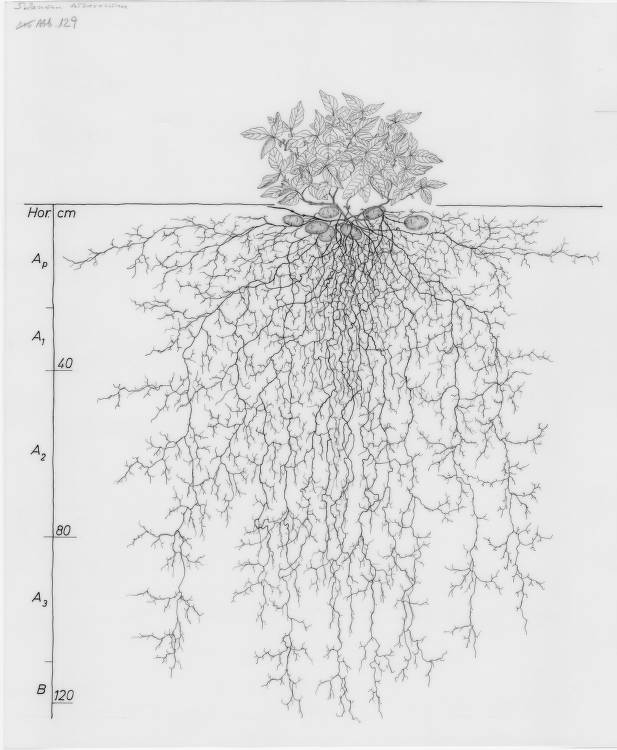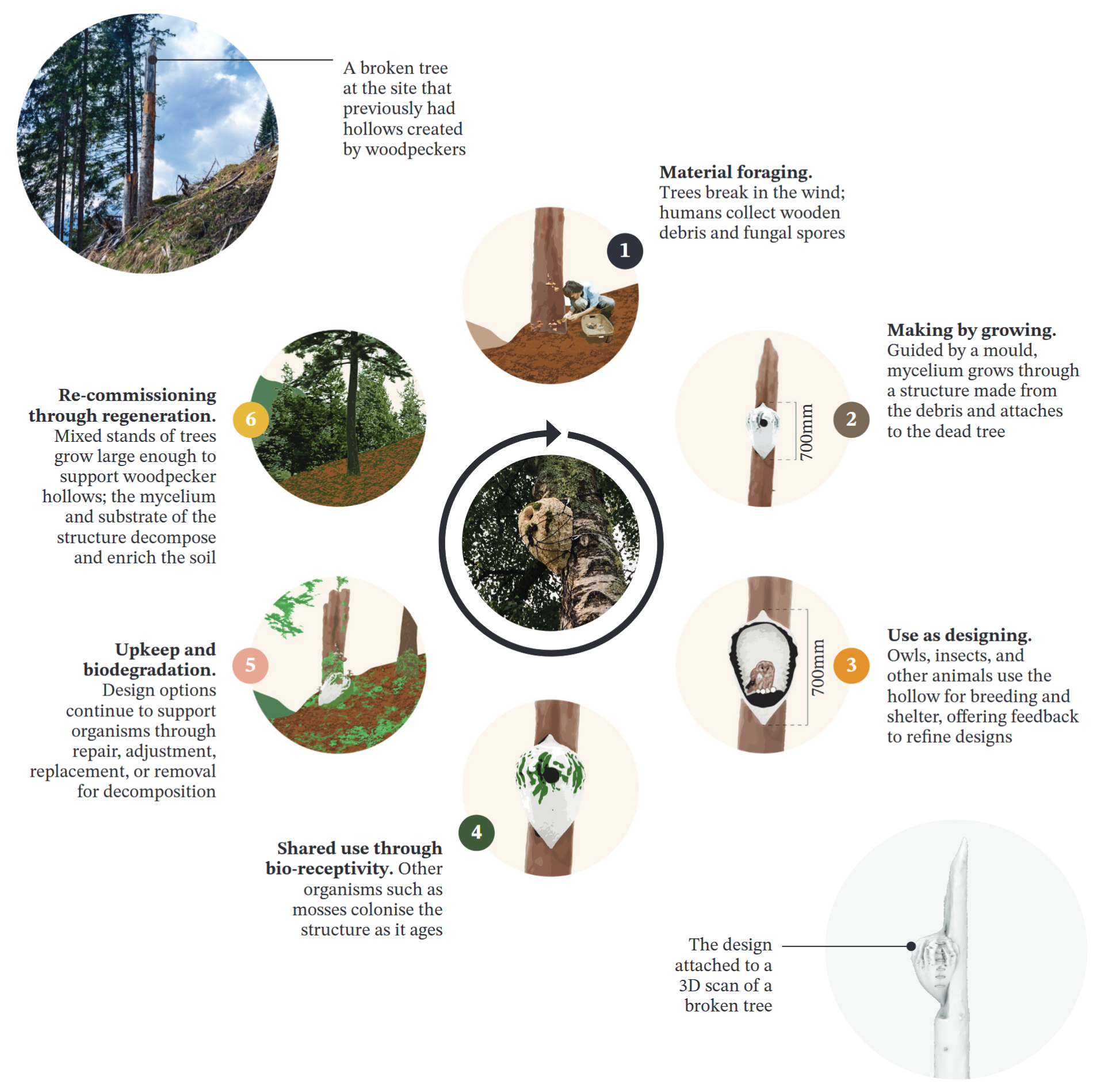04
This lecture covers diagramming.
It provides context for your practical work and materials for precedent analysis and reflection.
The Past and Now
What are diagrams?
Diagrams are visual representations of ideas, relationships, or processes that make them easier to see and understand.
Why do they matter in design?
- Clarify complex issues
- Reduce misunderstandings
- Reveal gaps, edge cases, and risks
- Accelerate decisions and feedback loops
- Document intent to keep work on track
Common types include sketches, wireframes, user flows, sitemaps, journey maps, assembly diagrams, and state machines.
For example, the image below reconstructs an otherwise invisible part of a plant.

Sources of visual information:
- Pinterest: a rich source of visual examples.
- The Conversation: format and writing principles.
The Near Future

This article shows how versions of a design perform relative to each other over time and demonstrates how to compare designs in terms of lifecycle performance within a complex system.
Parker, Dan, Stanislav Roudavski, Chiara Bettega, Luigi Marchesi, Paolo Pedrini, Mattia Brambilla, and Kylie Soanes. “Which Design Is Better? A Lifecycle Approach to the Sustainable Management of Artificial Habitat–Structures.” Conservation Science and Practice 7, no. 8 (2025): e70084. https://doi.org/10/px29.
Future of Diagramming
Review 'thematic content' on Canvas.
Diagramming will need to incorporate new technical capabilities to address increasingly complex challenges.
One example of the opportunities and challenges resulting from automation is Runchat - AI Workflows for Creatives.
Practical Work
- Review submission guidelines
- Discuss with tutors and peers
- Be innovative and show what you have learnt